It'll truly be Lily LaBeau Archivesthe end of an era when Apple Chief Design Officer Jony Ive walks out of the massive sliding glass doors of Apple Park to design things at his new company, LoveFrom.
Ive and his team of close-knit industrial designers have blessed the world with many iconic products, including the iMac, iPod, iPhone, iPad, and Apple Watch over the last 20 years.
These are all devices that have changed the world. But in some ways, Ive's obsession with stripping everything down to its purest form has also been the source of much frustration for users. Instead of products that provide the best form andfunction, in recent years, Apple products have felt toocompromised.
Though many will view Ive's departure from Apple as a turn for the worse — "The genius of Steve Jobs and Ive will never be matched; Apple is doomed!" — I see his leave as an opportunity for the company to embrace a new chapter of more sensible devices. Devices that are familiar, but better suit the many different kinds of users that have helped grow Apple into one of the most valuable companies in the world.
SEE ALSO: Killing the 12-inch MacBook is Apple's big chance to hit reset on its laptopsIt's unlikely Apple without Ive will vomit a dizzying lineup of new devices the same way the company did in the late '80s to early '90s under former CEO John Sculley. And I don't expect Ive's influence to suddenly disappear overnight.
However, I strongly feel Apple's industrial designers are at inflection point where they can step out of Ive's shadow and improve on existing products by breaking with someof the principles he was so unrelenting on.
 Original image has been replaced. Credit: Mashable
Original image has been replaced. Credit: Mashable A decade since the iPhone's introduction, Apple's most revolutionary product now faces fierce assault from every direction. The iPhone no longer has one main rival (Samsung), but myriad competition, especially from China (Huawei, Xiaomi, OnePlus, Oppo, etc.)
iPhone sales flatlined as prices became too high, hardware became more than good enough to last beyond two years, and Android phone alternatives have introduced irresistible mobile innovations such as notch- and hole-free displays, in-display fingerprint readers, and cameras capable of shooting ultra-wide photos and stunning night shots.
In comparison, the iPhone — as fantastic as the iPhone XR and XS/XS Max are — feel like they're falling behind. This year's new iPhones are expected to keep the same designs but add an ultra-wide camera inside of a big protruding bump.
New software and services, faster performance, and improved cameras are all great features, but consumers want more visiblechange for the iPhone.
Under Ive, the iPhone went on a diet until it became arguably too thin with the iPhone 6, which culminated in bendgate. Slowly, but surely, the iPhone has thickened with each new model going from the iPhone 6's 6.9mm profile to 8.3mm on the iPhone XR.
I can't speak for everyone, but anecdotally, I see more people with iPhone XRs than iPhone XS or XS Max. Not to mention almost everyone puts their iPhones in cases or carries battery packs or cases. This suggests to me people might not mind a thicker phone if the tradeoff's for, say, a bigger battery or a camera that doesn't jut out. It would be smart for Apple's industrial team to take these use cases into consideration for any future iPhones.
"Consumers want more visible change for the iPhone."
We've been hearing for years that the iPhone might switch to USB-C. It hasn't happened under Ive's watch. USB-C would mean one less proprietary cable to carry around. While it seems unlikely Apple would sever the healthy revenue it collects from third-party companies that license its Lightning tech, a thicker iPhone — even a millimeter or two — would allow physical room for USB-C to fit. USB-C would also endow the iPhone with iPad Pro-like functionality, like the ability to connect to monitors and USB-C flash drives.
A new smaller iPhone with a notch-free display and in-display Touch ID fingerprint reader could also compete with Android phones with the same features. Analyst Ming-Chi Kuo claims a 5.4-inch iPhone is reportedly slated for 2020 and a Credit Suisse analyst says Apple's working on an in-display fingerprint reader, despite insisting Face ID is the better and more natural biometric system for iPhones.
I'd also love a design refresh that mirrors the iPad Pro's straight edges and throws it back to the boxier iPhone 5/5S/SE days.
 Original image has been replaced. Credit: Mashable
Original image has been replaced. Credit: Mashable I've outlined before what the death of the 12-inch MacBook could mean for future Apple laptops. Namely, this is Apple's chance to kill its almost controversial "butterfly keyboard" and switch back to scissor-style keys with more travel. Similarly, Apple can dump the Touch Bar and bring back the row of function keys while still keeping Touch ID inside of the power button like on the MacBook Air.
Like the iPhone, I wouldn't mind if Apple made the MacBook Air and Pro marginally thicker and heavier to add in a touchscreen (gorilla arm is such a myth), higher-resolution webcam with Face ID, a memory card slot, and MagSafe. These features would put MacBooks more on par with Windows-powered alternatives such as the excellent Surface Laptop 2 and Google Pixelbook.
And while Apple's at it making MacBooks a few hairs thicker, why not make internal components like the storage, RAM, and battery user-replaceable again? Soldering the SSD and RAM is good for making thin machines, but terrible for upgrades, repairs, and adds to e-waste.
 Original image has been replaced. Credit: Mashable
Original image has been replaced. Credit: Mashable iMacs could also use a post-Ive revamp beyond a space gray colorway; the current design's gone virtually unchanged since 2012. As a desktop — a computer that doesn't move around much (if ever) — Apple has a lot more room to be bolder.
Who is the iMac for? What do people want it to do that it can't? I imagine creatives would love an iMac that borrows from Microsoft's Surface Studio 2 and has drafting table-like capabilities. A touchscreen with multi-touch and Apple Pencil support using a tilting stand would be neat.
Design-wise, I'd love a Retina display that reaches closer to the edges with slimmer bezels like on the upcoming Pro Display XDR and does away with the iMac's "chin."
Face ID login, a new Magic Mouse that corrects this horrendous can't-use-while-charging design, and user-swappable storage and RAM, or even a screen that rotates vertically like the Pro Display XDR would reimagine the iMac as a formidable modern all-in-one computer.
There's not much that needs improving for the Apple Watch. A camera underneath the display like the one Oppo showed off in a phone for FaceTime calls would be killer.
The Apple TV could become the game console it's always been meant to be with its own Apple-designed gamepad; it makes even more sense with the launch of Apple Arcade this fall. The Apple TV's Siri Remote could also use tweaking — small changes so that it's easier to know which side is up or down.
It's hard to say how Apple could turn around the HomePod's misfortunes. Maybe a smaller and cheaper version or one with a screen like the Google Nest Hub.
The sky really is the limit for the industrial design team Ive leaves behind. I'm not saying they should run wild and pull a Samsung with future iPhones or MacBooks that use unproven technologies like foldable screens or even release the rumored AR glasses. But bumping utility — real practicalneeds — higher up on the priority list could help ring in a new Apple era that's less tone deaf.
Topics Apple iPhone MacBook
 NYT Strands hints, answers for May 2
NYT Strands hints, answers for May 2
 Nietzsche Wishes You an Ambivalent Mother’s Day by John Kaag and Skye C. Cleary
Nietzsche Wishes You an Ambivalent Mother’s Day by John Kaag and Skye C. Cleary
 David Hockney’s Improbable Inspirations
David Hockney’s Improbable Inspirations
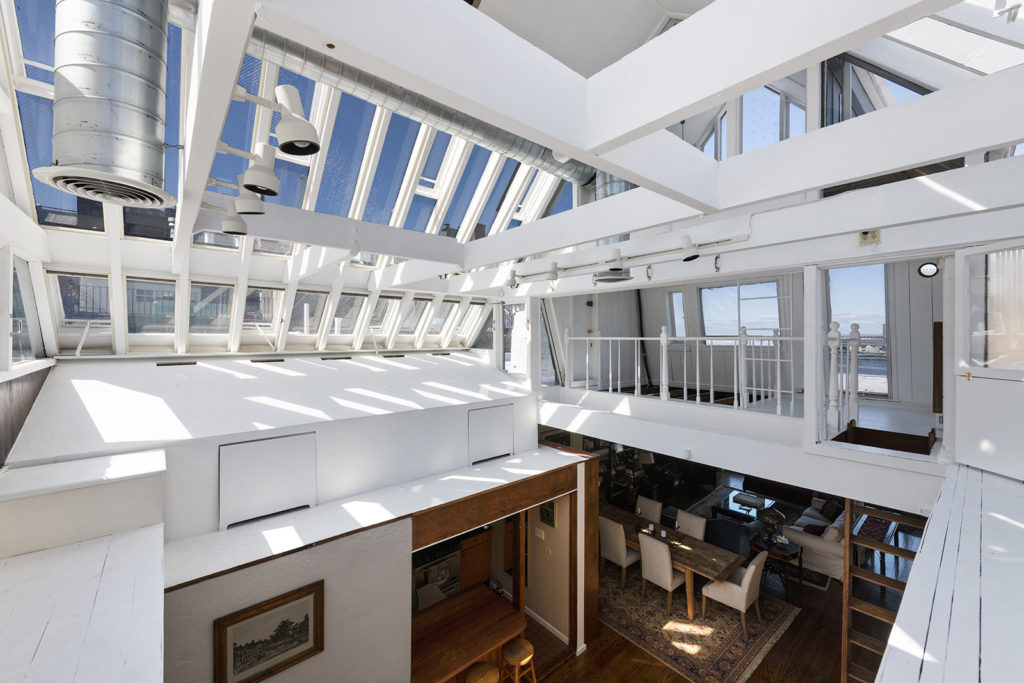 You, Too, Can Live in Norman Mailer’s House
You, Too, Can Live in Norman Mailer’s House
 My Own Boundaries Seem to Be Fading: An Interview with Lauren Groff
My Own Boundaries Seem to Be Fading: An Interview with Lauren Groff
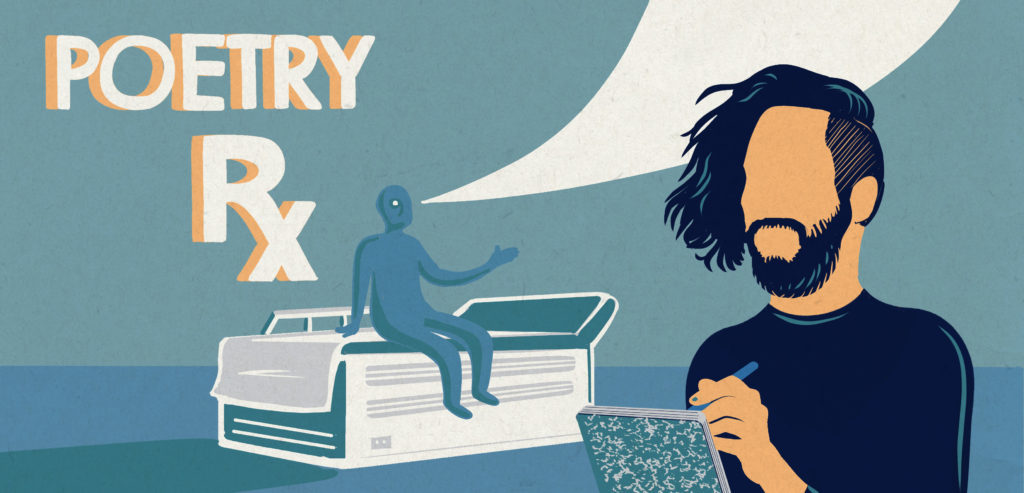 Poetry Rx: It’s Not Sad at All, Any of It
Poetry Rx: It’s Not Sad at All, Any of It
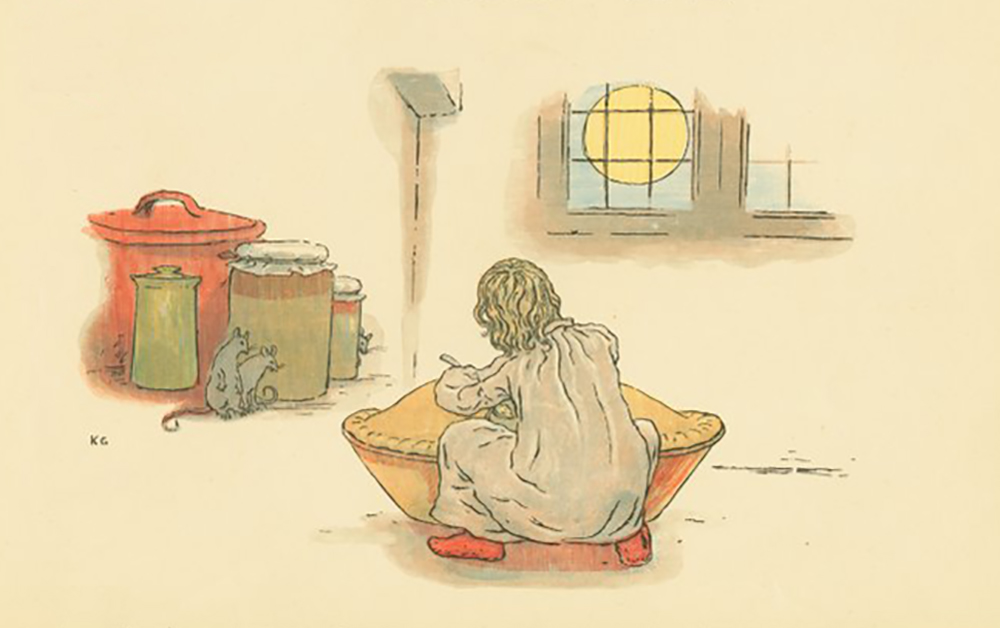 Sometimes the Pie Just Calls Your Name by Rick Bragg
Sometimes the Pie Just Calls Your Name by Rick Bragg
![Creator job opportunities grew 7x in recent years [April 2025]](http://n.sinaimg.cn/news/transform/200/w600h400/20180902/spo9-hinpmnr6906177.jpg) Creator job opportunities grew 7x in recent years [April 2025]
Creator job opportunities grew 7x in recent years [April 2025]
 Philip Roth, 1933–2018
Philip Roth, 1933–2018
 NYT mini crossword answers for April 24, 2025
NYT mini crossword answers for April 24, 2025
 J. D. McClatchy, Darlingissimo
J. D. McClatchy, Darlingissimo
 Writing the Lives of Forgotten Women
Writing the Lives of Forgotten Women
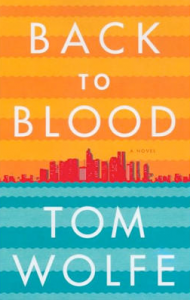 The Bad Sex in Fiction Award 2012: Shortlist by Sadie Stein
The Bad Sex in Fiction Award 2012: Shortlist by Sadie Stein
 NYT Connections Sports Edition hints and answers for April 17: Tips to solve Connections #206
NYT Connections Sports Edition hints and answers for April 17: Tips to solve Connections #206
 On Beyoncé, Beychella, and Hairography by Lauren Michele Jackson
On Beyoncé, Beychella, and Hairography by Lauren Michele Jackson
 Staff Picks: Sharp Women and Humble Turtles
Staff Picks: Sharp Women and Humble Turtles
 What Our Contributors Are Reading This Month by The Paris Review
What Our Contributors Are Reading This Month by The Paris Review
 Japan orders Google to stop alleged antitrust violations
Japan orders Google to stop alleged antitrust violations
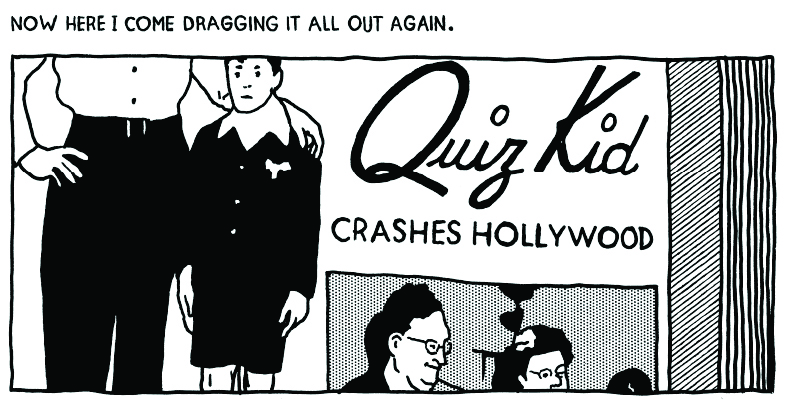 Boy Genus: An Interview with Michael Kupperman
Boy Genus: An Interview with Michael Kupperman
Forget Zoom. Microsoft wants you to chat with holograms.Hedgehog camping is the only camping I care aboutForget Zoom. Microsoft wants you to chat with holograms.How to transfer your Apple iCloud files to Google Photos'Raya and the Last Dragon' is a beautiful adventure with a big heart13 super last minute Halloween costumes inspired by 2017 pop cultureComplete list of winners at the 2021 Golden GlobesInstagram accidentally hid likes for a few hours and everyone freaked outDoes Melania Trump use a body double? We investigate.TikTok coming to Samsung smart TVs in the U.S.'Things' app review: A smart tool to help you get things doneTwitter is testing an 'undo send' buttonNetflix's 'Murder Among the Mormons' as strange as its subject: ReviewOh my gosh, Blac Chyna is suing the entire KardashianHackers break into farAmazon changes app icon again, ditching that problematic 'mustache'Maquette review: A sweet story of love and loss but a frustrating gameBest moments: Tina Fey and Amy Poehler monologue 2021 Golden GlobesThe Yoto Player puts kids in charge of story timeTrump just learned the Greek prime minister called his ideas 'evil' Jane Stern: Thanksgiving Is the Nexus of All Despair Solving Riddles, Reading Poems Reimagining Female Identity in a Ukrainian Orphanage The Paris Review Staff's Favorite Books of 2017 Why the Father of Modern Neuroscience Was Obsessed with Fiction On “Oh! Susanna” by Anthony Madrid A Visit to the Musée d’Edith Piaf Hanging Out with the Churchills on Aristotle Onassis’s Yacht by Patrick Leigh Fermor Tuli Kupferberg’s Yeah!: The Tiny Magazine That Captured the 1960s by Alex Zafiris Dominique Nabokov Photographs Artists’ Living Rooms Reading the Police Blotter On Basquiat, the Black Body, and a Strange Sensation in My Neck Making Art in Communist Romania How A Godless Democrat Fell in Love With Cowboy Poetry An Interview with Kerri Pierce Redux: James Baldwin, Raymond Carver, Dorothea Lasky by The Paris Review The Nexus of All Despair by Jane Stern If I Had a Sense of Beauty Dear Lynda: Loveless Triangles and Hopeless Indecision by Lynda Barry At the Museum of Anatolian Civilizations
2.4757s , 10157.6953125 kb
Copyright © 2025 Powered by 【Lily LaBeau Archives】,Charm Information Network